Imagine a creature so unique that it blurs the boundaries of what we know about vertebrate life. In the hidden streams and shadowy creeks of North America lives an animal that seems almost magical—a vertebrate that doesn’t just rely on lungs or gills, but can breathe through its very skin. This is not science fiction. It’s the story of the remarkable hellbender salamander, an ancient amphibian whose existence challenges our basic understanding of survival. For anyone who thinks all vertebrates are cut from the same cloth, the hellbender is a living, wriggling, skin-breathing exception.
The Astonishing Hellbender: Nature’s Living Fossil
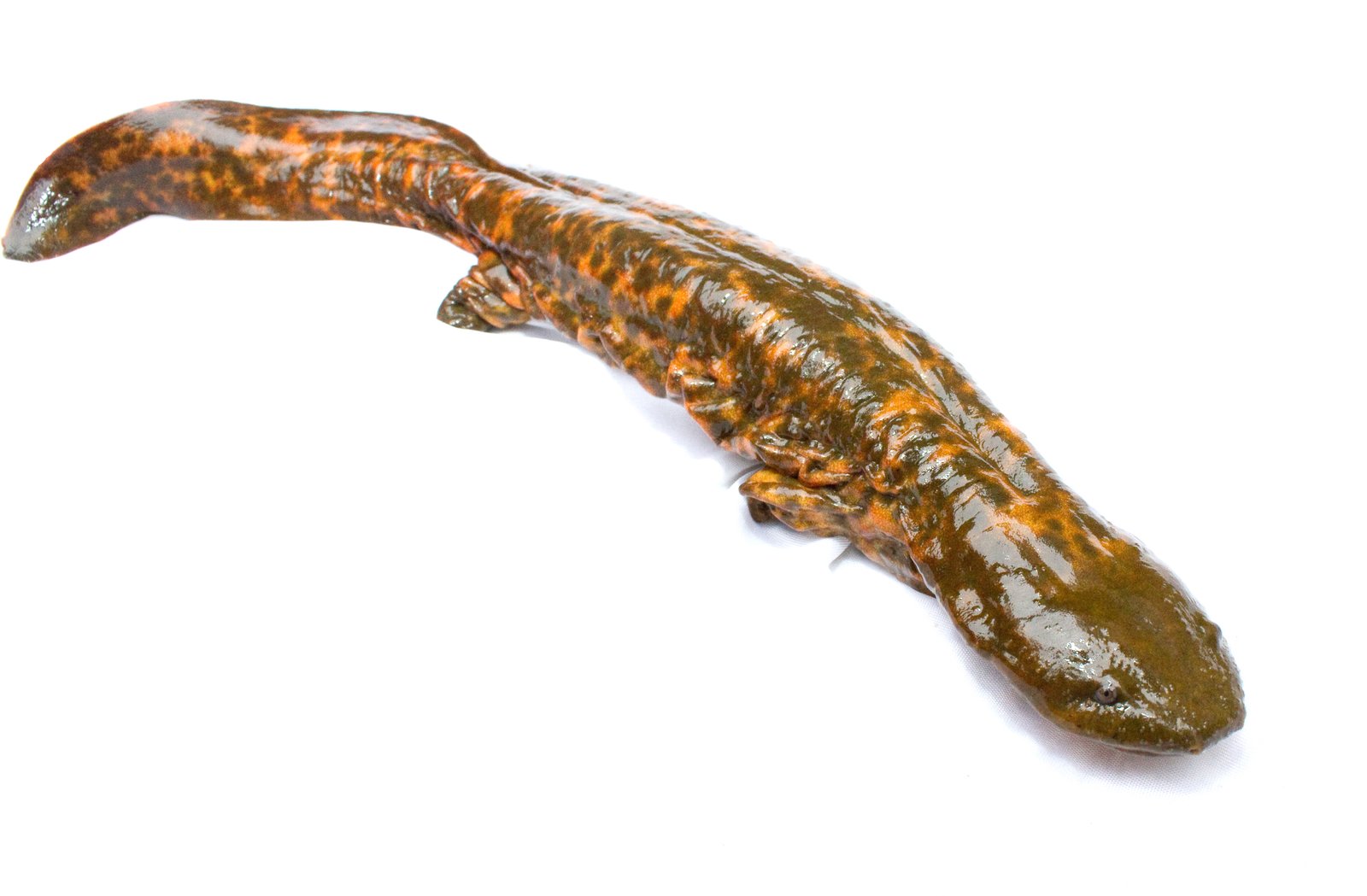
The hellbender isn’t just another salamander; it’s a relic from an age when dinosaurs roamed. Stretching up to two feet long, this giant salamander has earned nicknames like “snot otter” and “old lasagna sides”—not exactly glamorous, but certainly unforgettable. Its wrinkled, loose skin isn’t just for show; it’s a crucial adaptation that allows the hellbender to draw oxygen straight from the water. Scientists often call the hellbender a “living fossil” because its ancestors have remained unchanged for millions of years, making it a direct link to ancient ecosystems.
Skin Breathing: A Superpower Hidden in Plain Sight
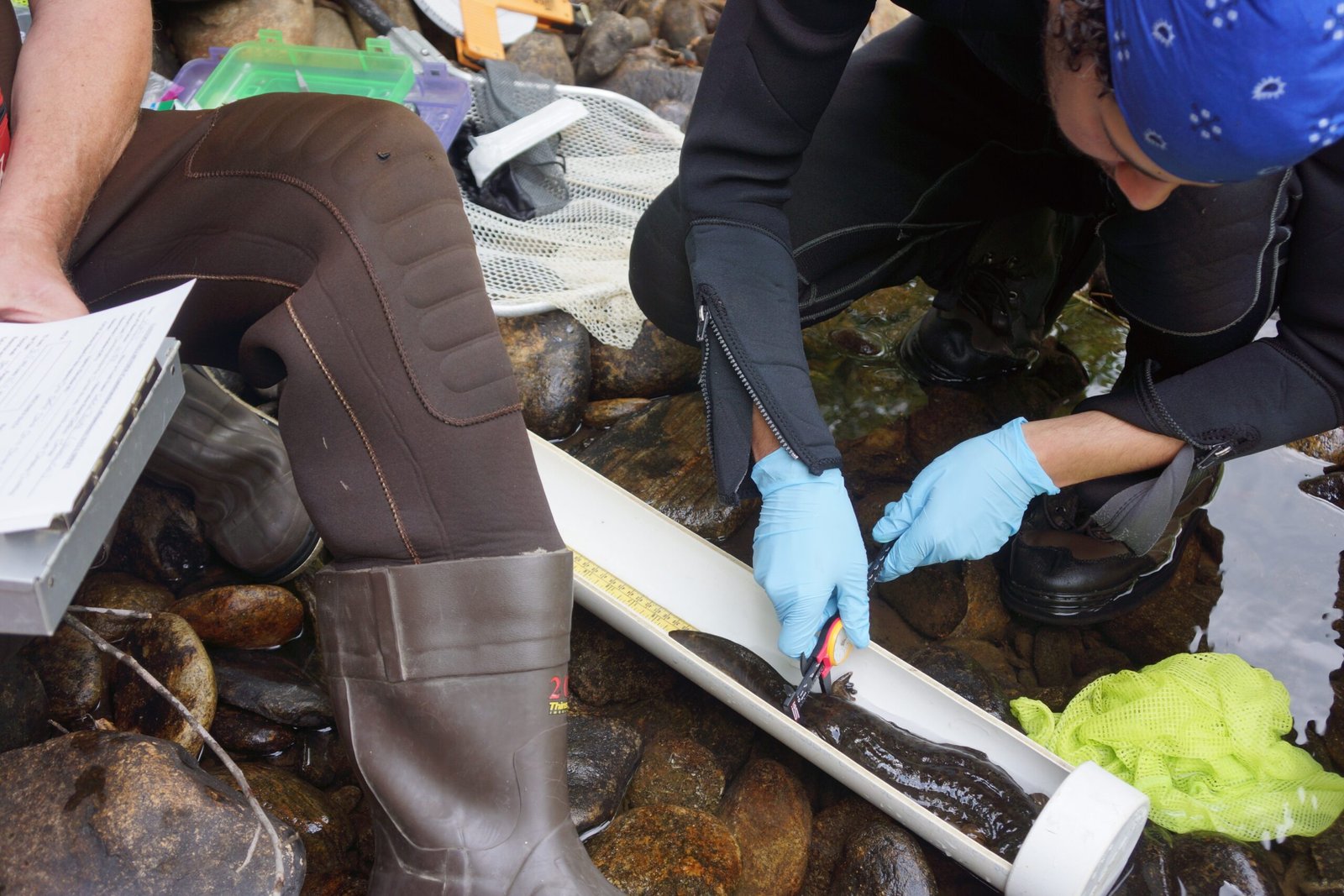
Most vertebrates use lungs or gills to breathe, but the hellbender has mastered a third technique: cutaneous respiration, or skin breathing. Its skin is covered in folds and wrinkles, increasing the surface area for gas exchange. Oxygen dissolved in water passes directly through these thin membranes into the bloodstream, while carbon dioxide slips out. This ability is nothing short of miraculous, especially in the cold, fast-moving streams where hellbenders live. The constant flow of oxygen-rich water over their bodies makes their skin-breathing superpower possible.
Gills: The Classic Aquatic Solution
Like many amphibians, hellbenders start life with feathery external gills that wave in the water, much like underwater ferns. These gills are essential for larvae, allowing them to extract oxygen efficiently as they grow in their aquatic environment. As hellbenders mature, they lose these external gills, but retain tiny internal gill slits. This dual respiratory system means they can survive in varying oxygen conditions, switching between gill and skin breathing as needed. It’s a remarkable adaptation that sets them apart from most other vertebrates.
Why Skin Breathing Works So Well
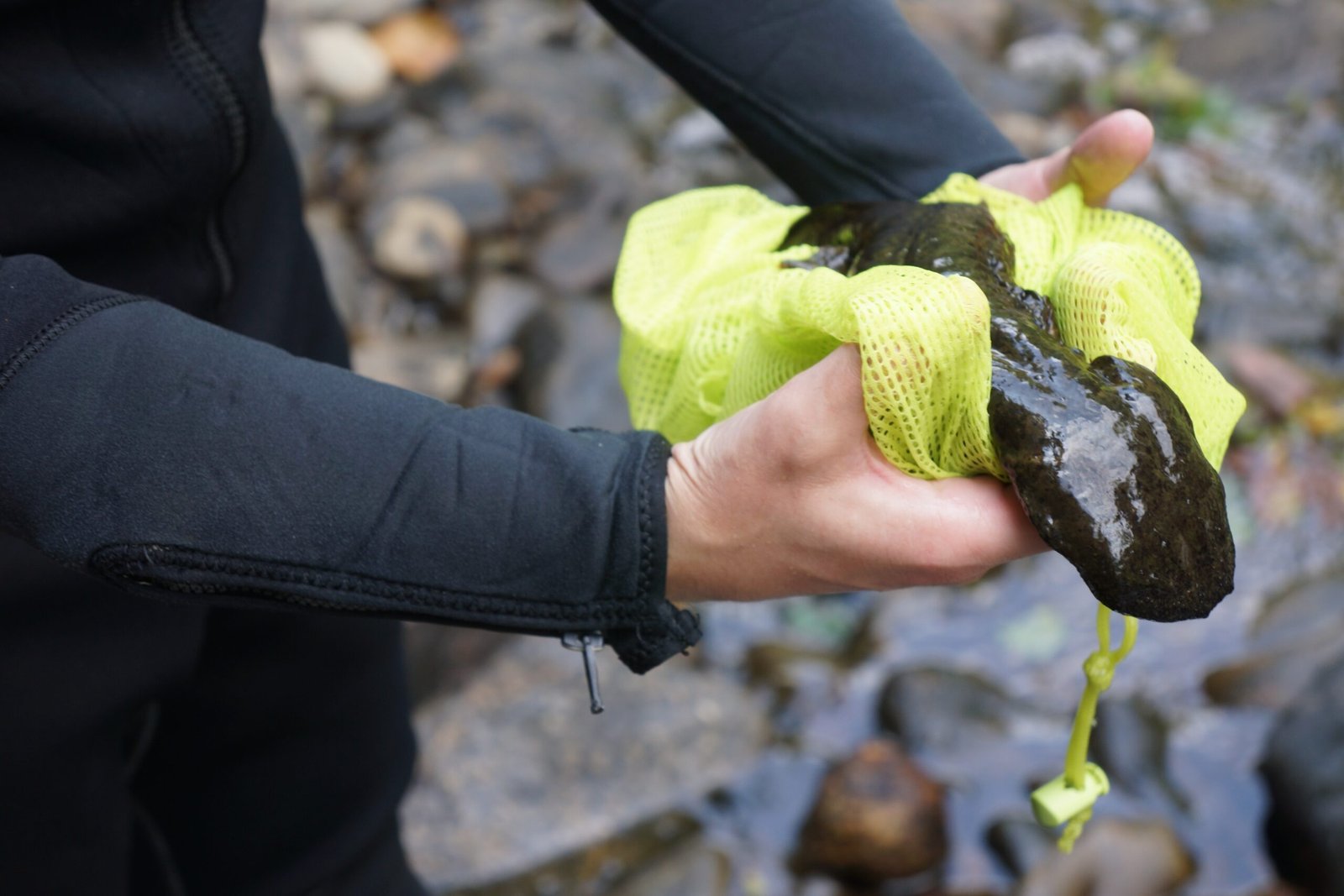
The secret to the hellbender’s skin breathing lies in its habitat. These salamanders are found only in clear, cold, well-oxygenated streams—a perfect setting for cutaneous respiration. The rapid water movement continuously bathes their skin in fresh oxygen, preventing suffocation. If the water becomes warm or stagnant, however, their oxygen supply dwindles, making them extremely sensitive to changes in their environment. This dependence on pristine streams is both their strength and Achilles’ heel.
The Role of Moisture: A Delicate Balance

For skin breathing to work, the hellbender’s skin must stay moist at all times. Unlike reptiles or mammals, their skin isn’t protected by scales or fur. Instead, it’s thin, slippery, and often covered in a layer of mucus. This mucus not only keeps their skin wet but also acts as a barrier against harmful bacteria and parasites. If a hellbender dries out, it’s in serious danger—skin breathing stops, and the animal can quickly die from lack of oxygen. This vulnerability ties them closely to their watery homes.
Survival in the Shadows: Hellbender Behavior and Lifestyle

Hellbenders are masters of stealth. They spend most of their lives hidden under flat rocks or logs, venturing out mainly at night to hunt for crayfish, insects, and small fish. Their flattened bodies and slippery skin help them squeeze into crevices where predators can’t follow. This secretive lifestyle not only helps them avoid threats but also keeps their delicate skin safe from the drying effects of the sun. Watching a hellbender glide effortlessly over stones is like seeing evolution in action—every trait designed for survival.
Threats to an Ancient Survivor

Despite their impressive adaptations, hellbenders are in trouble. Pollution, dam construction, sedimentation, and collection for the pet trade have all taken a heavy toll. When silt clouds the water or chemicals disrupt their habitat, hellbenders struggle to breathe. Their numbers have plummeted across much of their range, making them one of North America’s most threatened amphibians. Their plight is a stark reminder that even the most extraordinary creatures are vulnerable to human activity.
Research and Conservation: A Race Against Time
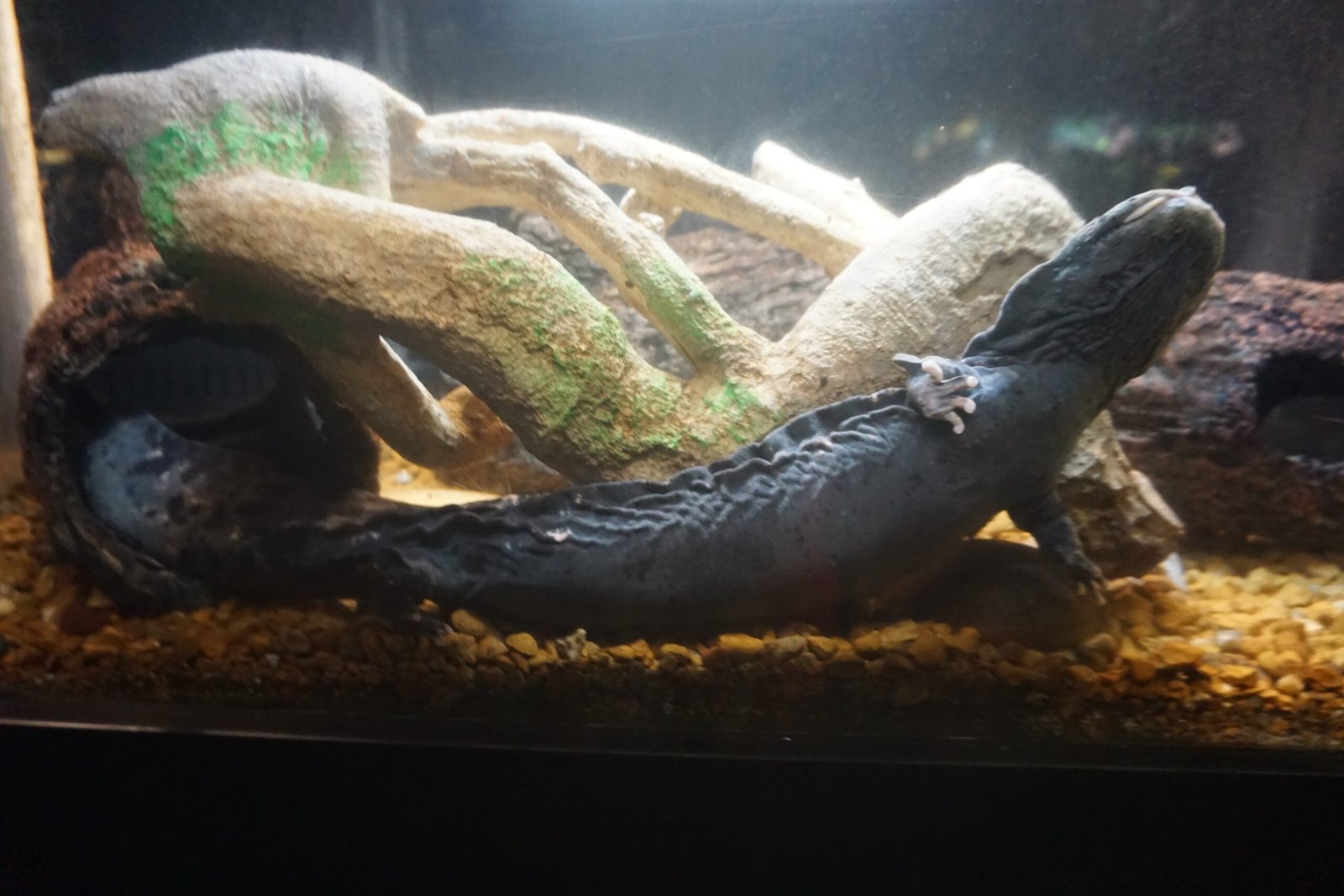
Scientists and conservationists are fighting to save the hellbender before it’s too late. Research teams monitor populations, restore habitats, and even breed hellbenders in captivity for release into the wild. These efforts are challenging but crucial, as every lost stream could mean the disappearance of a unique respiratory marvel. Community outreach programs teach people about the importance of clean water—not just for hellbenders, but for entire ecosystems.
Lessons from a Skin-Breathing Vertebrate

The hellbender’s story is more than a biological curiosity. It’s a powerful reminder of the delicate balance between life and environment. Their ability to breathe through skin and gills shows how nature finds astonishing solutions to survival. But it also highlights how easily these solutions can unravel when habitats are damaged. In protecting the hellbender, we’re also safeguarding the health of our rivers, forests, and future.
What the Hellbender Teaches Us About Wonder and Responsibility
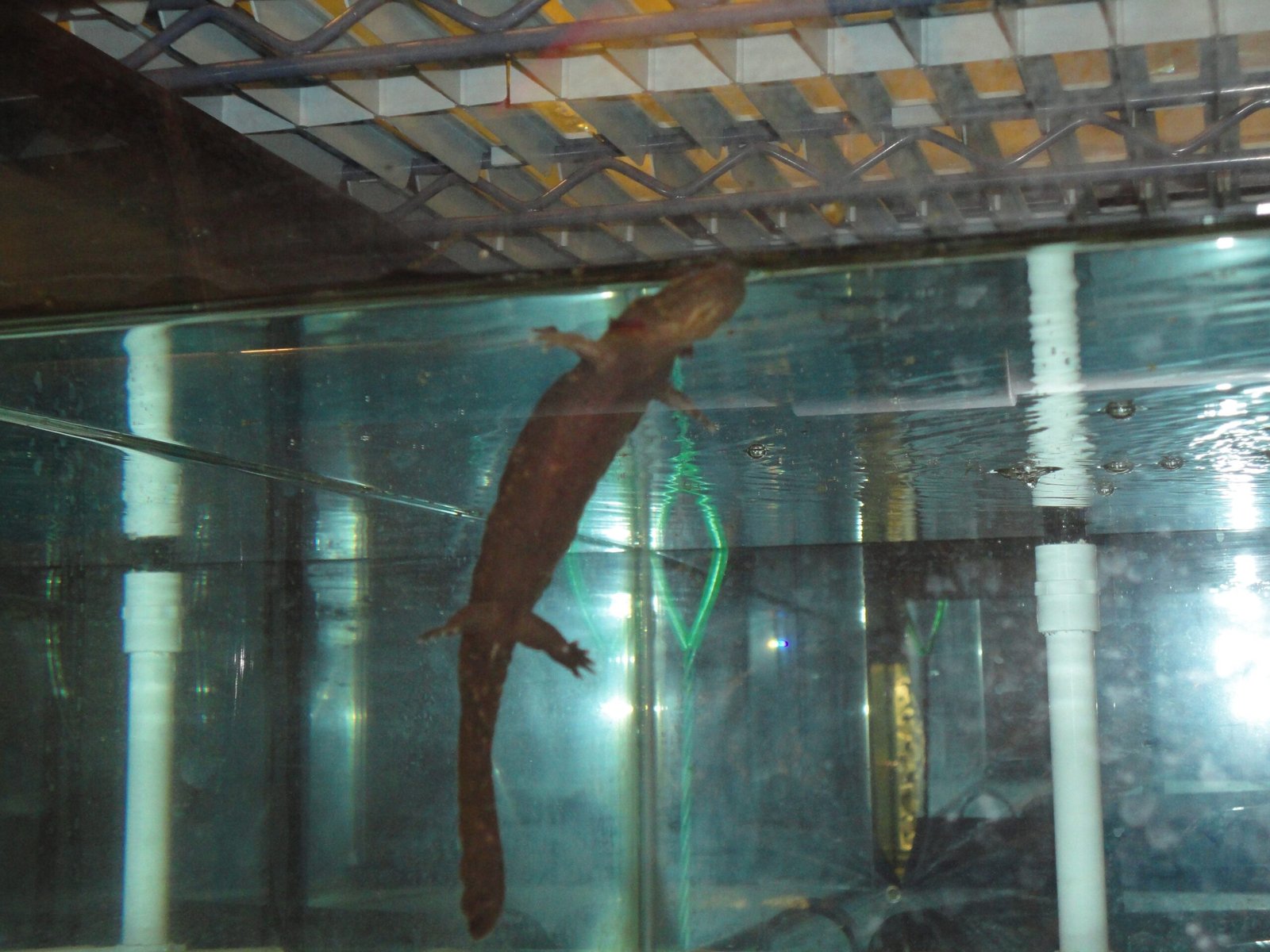
Encountering a hellbender in the wild is a moment that can leave even the most seasoned naturalist speechless. These salamanders embody the wonder that still hides in the corners of our world, waiting to be discovered and protected. Their existence urges us to look closer, to cherish the strange and the rare, and to remember that every ripple in a stream can have echoes far beyond its banks. Will we answer the call to protect nature’s skin-breathing marvels, or let their story fade into silence?



